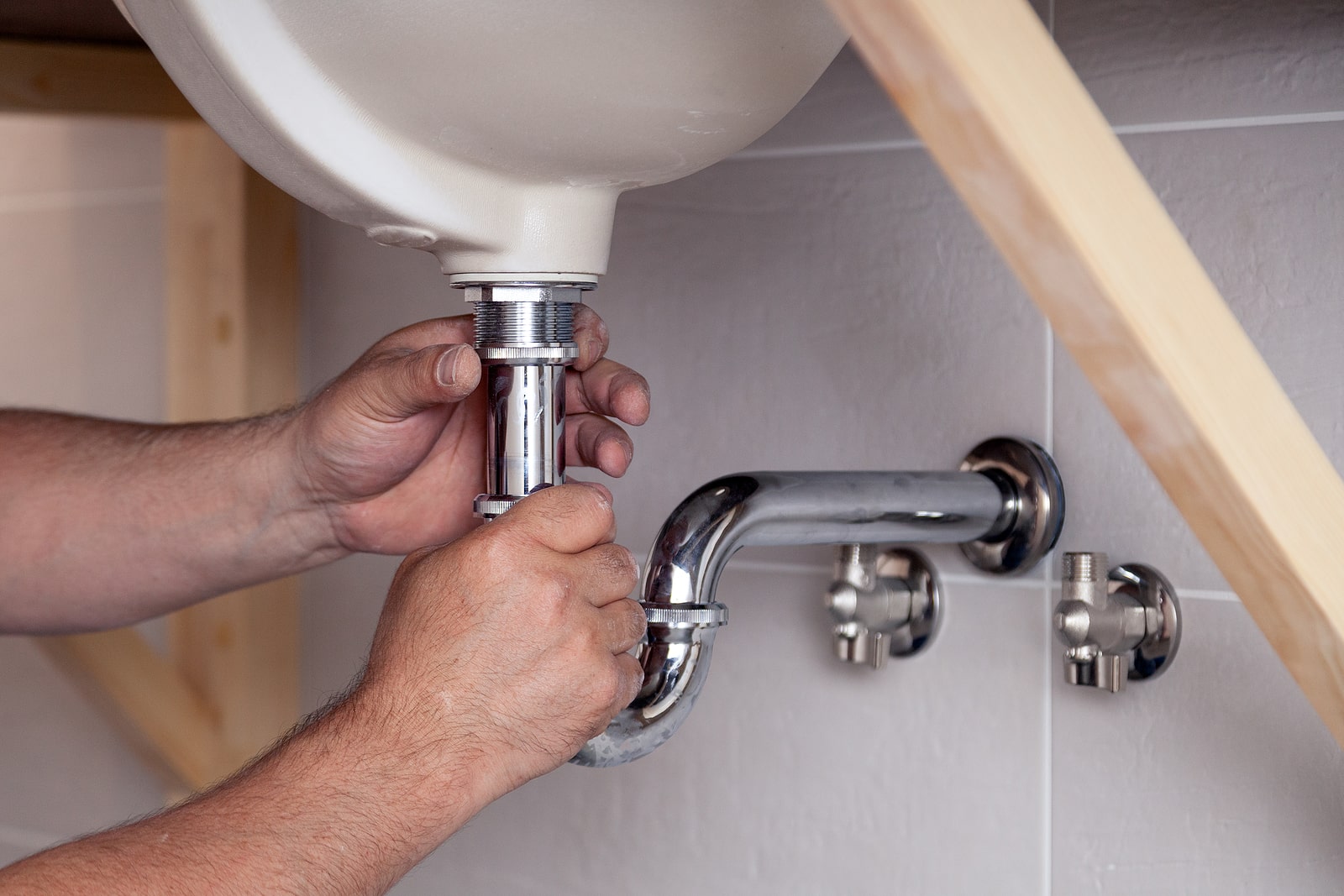Condominium Living – Drains
Clogged drain lines can occur beneath any water-using appliance, or it could be located in a waste stack or the main sewer line. An experienced plumber should address this blockage as resulting damage can affect other units in the condominium complex.
Every condominium is unique and has bylaws which outline the boundaries, specifically who is responsible for what. In a typical condominium association, domestic plumbing contained within the walls belongs to the association. The unit owner is typically responsible for the plumbing fixtures within their units including the tubs, toilets, faucets and drain lines from their unit to the vertical main line. Therefore, depending on where the plumbing issue is located, it may be the responsibility of the association or it may be something the unit owner is responsible for. In general, if the clog is related to a shower, sink or toilet, it is likely the responsibility of the unit owner. If the clog is located in a waste stack, the main sewer line or in a pipe adjacent to a public area, it may be the responsibility of the condo association.
Clogs in the waste stacks and/or main sewer line can create sewer back-ups, which may involve one or more units. If the clog creating the back-up is located in the main sewer line, it may be the responsibility of the association. If it is located in a shared drain line or waste stack, an evaluation by a plumber may need to be performed in order to determine who is responsible for fixing the problem.
Kitchen drainage includes everything that is inclusive of the kitchen area that drains into the p-trap located under the sink which is connected to the stack of the building. Grease is a major culprit of slow drains and back-ups in any kitchen drain. Fats, oils and grease may be liquid when warm and viscous or solid at room or lower temperatures can be from food, cooking oils and use of highly viscous liquids. These should not be passed through the kitchen drain. If you have a slow-moving drain, try removing excess water and passing through an entire kettle of hot water into the sink and wait. If the water stands in the sink and the clog doesn’t move, give time for the water to cool and try again. You may need to repeat several times.
It may be necessary to clean the kitchen drain’s p-trap to clear the clog. Hire a professional or considering doing this yourself by placing a bucket underneath the drain to catch any water or debris that may fall out Unfasten the p-trap from the drain pipe and clear out anything that is stuck. Then replace it, and run water through it and ensure no leaks.
Dishwashers may not contribute directly to a drain backup however if there is a blockage in the drainage piping system, it may result in a back-up. Drainage lines should be cleaned regularly and be free of food and other items not intended to be present. We suggest always rinsing items before placing them in the dishwasher.
Garburators are common contributors to drain back-ups. A clogged disposal can clog the drain, so run the disposal to see if that clears the clog. Then inspect it to make sure it is running correctly. If the disposal has overheated, it may be necessary to reset the switch which is found on the side or bottom of the unit underneath the sink. The garburator employs two macerating hammers to break up food into smaller pieces. Food and other items not intended to be passed through a garburator can cause blockage. Obviously, it is easier to avoid clogs in the first place by not overloading it. Feed items in a little at a time and wait until they grind and run through completely before adding more.
There are drains the bathrooms located in the sink, toilet, shower and tub. The main cause for sink, tub and shower blockages is from hair. The main cause of toilet back-ups putting items in that are not intended such as feminine products, wet wipes and condoms.
In summary, it is important to know how to maintain and care for the plumbing components and systems to keep things running smoothly.




